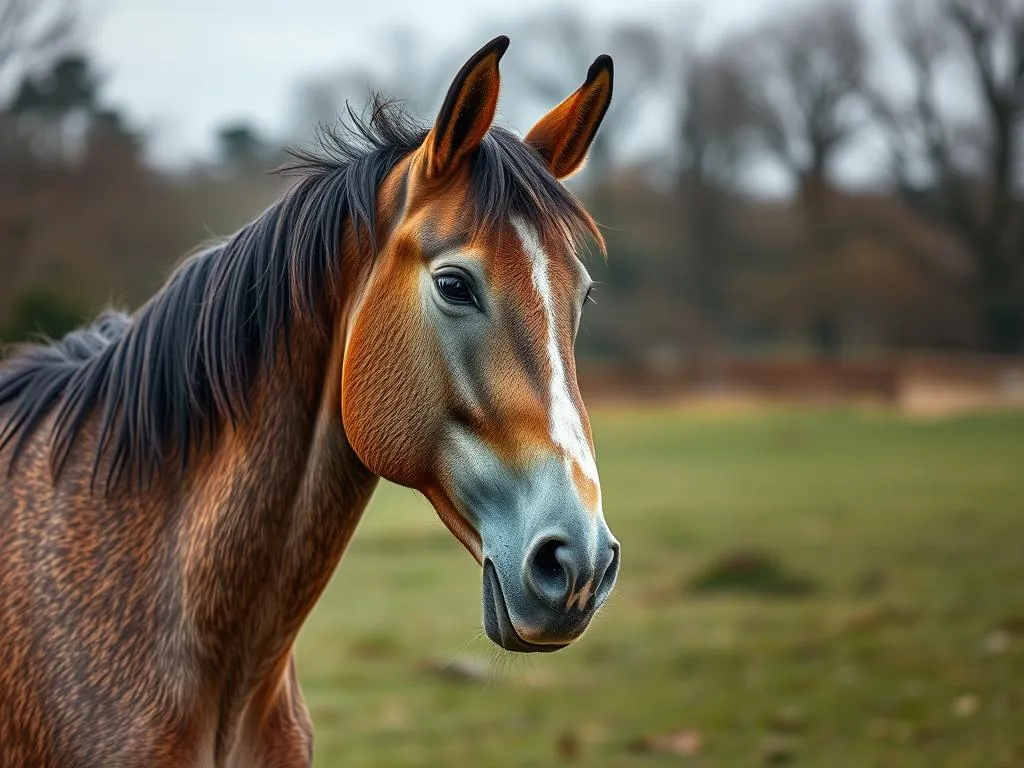
Introduction
Understanding different dog breeds is essential for potential dog owners, as each breed has unique characteristics, needs, and historical backgrounds. Among these breeds, the Airedale Terrier stands out with its rich history and versatile nature. In this post, we will delve into the history, purpose, and characteristics of the Airedale, ultimately answering the question: What were Airedales bred for?
The Historical Background of Airedale Terriers
Origin of the Airedale Terrier
The Airedale Terrier originated in the Aire Valley of Yorkshire, England, where it was developed in the 19th century. Known as the “King of Terriers,” the Airedale is the largest of the terrier breeds, and its development was a response to the specific needs of hunters and farmers in the region.
Early Uses of Airedales
Initially, Airedales were bred for their ability to hunt and track various game, including otters and badgers. Their keen sense of smell and agility made them ideal for these tasks, allowing hunters to rely on them for successful outings. Additionally, Airedales were employed as working dogs on farms, where they helped manage livestock, guard property, and even catch vermin.
Evolution of the Breed
As the breed developed, changes in breeding practices emerged, leading to a more refined and versatile dog. Over the years, Airedales began to gain recognition from kennel clubs, solidifying their place as a distinguished breed. The breed’s history is marked by a blend of various terrier types, contributing to its unique physical and behavioral traits.
What Were Airedales Bred For?
Primary Purpose
The primary purpose of the Airedale Terrier was to serve as a hunting dog, particularly for larger game. Their breeding focused on creating an intelligent and agile dog capable of tracking and capturing animals such as otters and badgers. This hunting heritage is evident in their strong prey drive and keen instincts, which remain intact in modern Airedales.
Working Roles Beyond Hunting
Beyond their hunting capabilities, Airedales quickly adapted to various working roles. They became popular as police and military dogs due to their intelligence, loyalty, and trainability. During World War I, Airedales served valiantly as messenger dogs, search and rescue dogs, and even as sentries. Their bravery and effectiveness in these roles showcased their versatility beyond their original breeding purpose.
Modern-Day Roles
Today, Airedales are cherished as family pets and companions. While their hunting instincts may still be present, they have become integrated into family life, known for their affectionate nature and adaptability. Airedales also participate in dog sports and competitions, showcasing their agility, obedience, and intelligence. This shift from working roles to family companions highlights the breed’s versatility and capacity to thrive in diverse environments.
Characteristics of Airedale Terriers
Physical Traits
Airedales are robust and well-proportioned dogs, typically standing between 21 to 23 inches tall at the shoulder and weighing between 40 to 65 pounds. They have a distinctive coat, characterized by a dense, wiry outer layer and a soft undercoat. This unique coat requires regular grooming to prevent matting and maintain its texture. Airedales are known for their striking appearance, featuring a flat skull, long muzzle, and deep chest.
Temperament and Behavior
Airedales possess a friendly and intelligent temperament, making them excellent family dogs. They are known for their loyalty and affection towards their families, often forming strong bonds with children and other pets. Airedales are also highly trainable, thanks to their intelligence and eagerness to please. However, they can exhibit stubbornness at times, making consistent training and socialization essential for well-rounded behavior.
Health Considerations
While Airedales are generally healthy dogs, they are prone to certain health issues, including hip dysplasia, skin conditions, and certain types of cancer. Their lifespan typically ranges from 10 to 14 years, and responsible breeding practices can help mitigate some health concerns. Regular veterinary check-ups, a balanced diet, and proper exercise are essential for maintaining their health and well-being.
Training and Care for Airedales
Training Requirements
Training an Airedale requires patience and consistency. Early socialization is crucial to help them develop into well-adjusted adults. Positive reinforcement techniques, such as treats and praise, work best for this breed, as they respond well to encouragement. Airedales excel in obedience training and can learn a variety of commands and tricks, making them a joy to train.
Exercise Needs
Airedales are active dogs that require regular exercise to maintain their physical and mental health. A daily walk of at least 30 to 60 minutes is essential, along with opportunities for playtime and mental stimulation. Activities such as hiking, playing fetch, or participating in dog sports can help satisfy their exercise needs and keep them engaged.
Grooming Tips
Grooming an Airedale involves regular brushing to keep their coat in good condition. It’s recommended to brush them at least once a week to prevent matting and maintain the coat’s texture. Airedales typically require professional grooming every few months to maintain their signature look, including trimming and shaping their coat. Regular bathing is also essential to keep their skin healthy and free from irritants.
Airedales in Popular Culture
Representation in Media
The Airedale Terrier has made notable appearances in various media, showcasing their charm and intelligence. Famous Airedales in movies and television shows have contributed to their popularity, often portraying them as loyal companions or heroic figures. Additionally, several celebrities have embraced Airedales as their pets, further enhancing the breed’s appeal.
Community and Breed Clubs
Airedale-specific organizations and clubs provide valuable resources for enthusiasts and owners. These clubs often host events, competitions, and social gatherings that celebrate the breed. Connecting with fellow Airedale owners can be beneficial for sharing experiences, training tips, and fostering a sense of community among Airedale enthusiasts.
Conclusion
In summary, Airedale Terriers have a rich history rooted in hunting and working roles, evolving into beloved family companions today. Understanding what Airedales were bred for provides insight into their behavior, temperament, and needs. Potential owners should appreciate the breed’s unique characteristics and consider their historical background when welcoming an Airedale into their home.
FAQs about Airedales
What are the best training methods for Airedales?
Positive reinforcement methods, such as treats and praise, work best for Airedales. Early socialization and consistent training are key to ensuring they develop into well-behaved adults.
Are Airedales good with children?
Yes, Airedales are generally good with children. Their friendly and loyal nature makes them excellent family pets, and they often form strong bonds with family members.
How much exercise do Airedales need?
Airedales require at least 30 to 60 minutes of exercise daily. Activities such as walking, hiking, and playing fetch are ideal for keeping them physically and mentally stimulated.
Understanding the Airedale Terrier’s history, purpose, and needs will enable potential owners to make informed decisions about bringing this remarkable breed into their homes. With the right care, training, and love, Airedales can thrive as cherished family members, showcasing their unique traits and capabilities.









